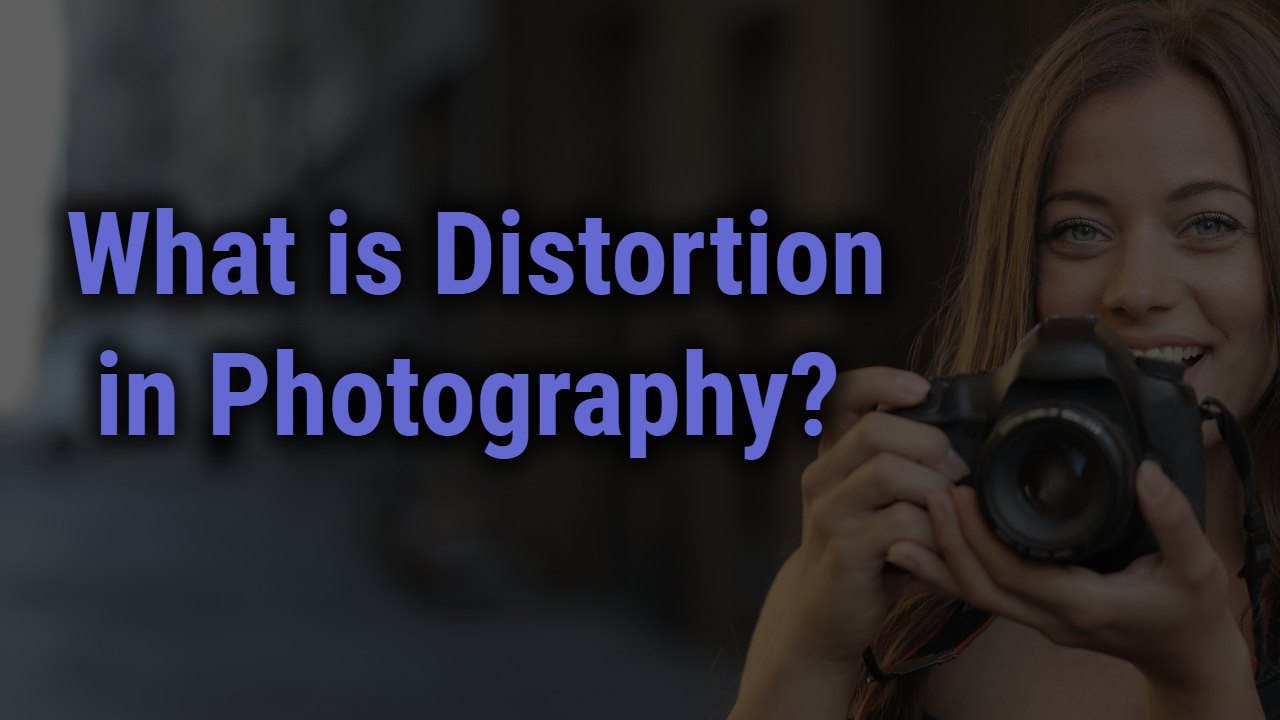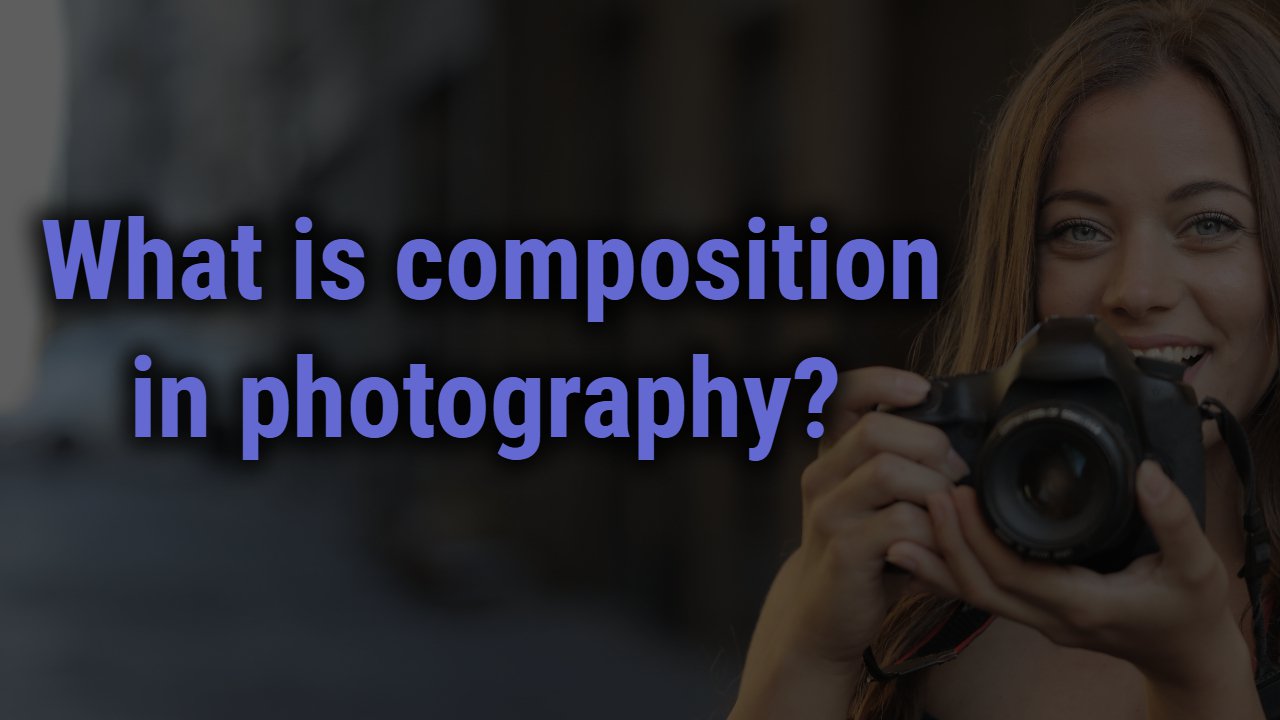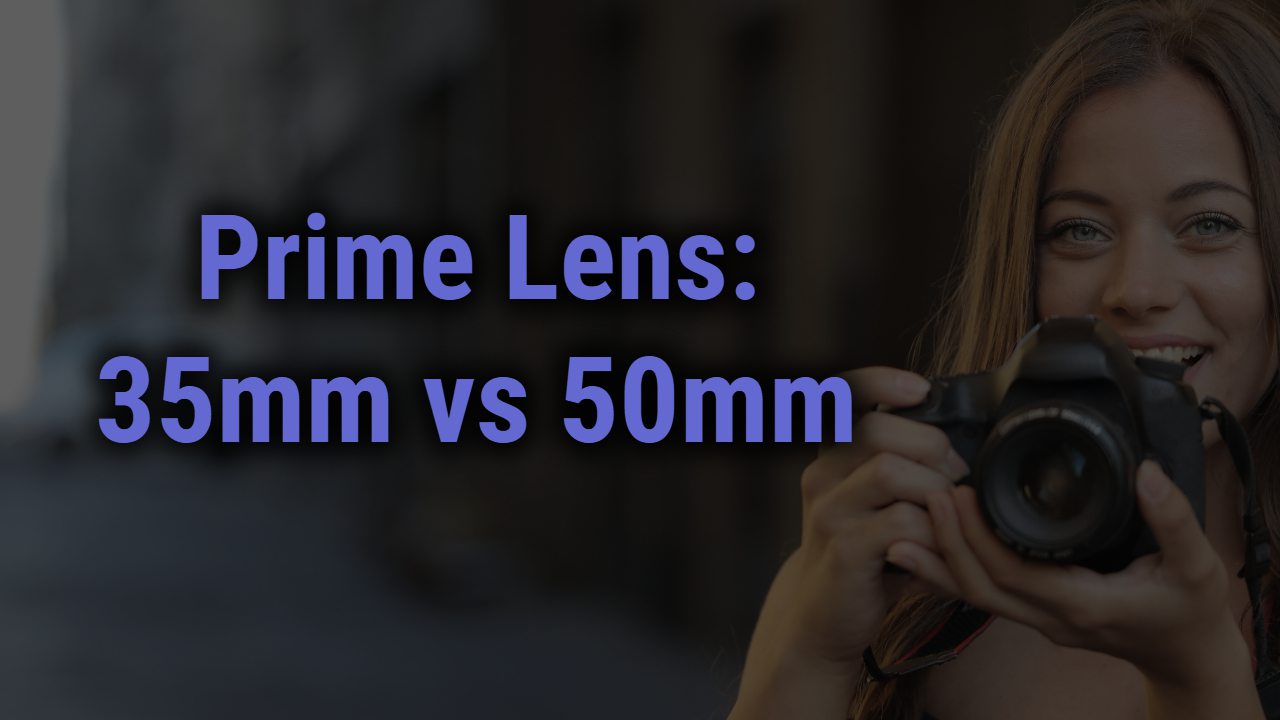It doesn’t take attentive eyes to notice the disproportionate disruption in your frame happening to any object or even the main subject. It’s not a big charade, just a common photographic problem, “Distortion” that can happen to anyone.
So, what exactly is distortion? Is it some deformation or disruption that made its way into your picture to suppress quality and appearance? Or something more. And if they do that, how many distortion types are there that one must be cautious about? Don’t worry; these all-crucial queries are answered in the article below in detail.
This guide covers the distortion in photography one-must-know topic discussed in brief, the cause, the types, the fixing, and many more unrevealed facts about them. Let’s dig in and learn more about it.
This Post Contains
Know the term Distortion
Distortion is when an image doesn’t satisfy the reality criteria, distortion can happen in any image associated with quality or design. Distortion is ethically stated as when the straight line appears bent or curved lines appear straight in the photograph.
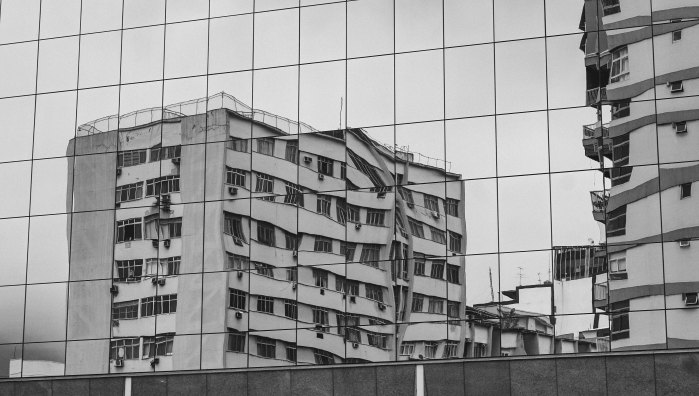
Every amateur or professional photographer is familiar with the most popular term Lens Distortion; Lens distortion is an optical phenomenon that occurs due to lens failure.
It basically is another form of aberration that may occur due to the deformity of an image caused due to the curvilinear bending of light; straightforwardly, it gives a curved line appearance instead of straight lines.
Cause– Distortion is a common term that can be caused in any camera lens with any focal length, expensive or cheap, entry-level or professional camera. Distortion can be caused by different shooting variables; it generally shows occurrence near the edge of an image.
The different distortion level is disrupted by different factors. Barrel distortion is distorted when shot at full zoom, while mustache distortion is shot at a large angle; pincushion distortion may be formed from a telephoto lens, while extensive perspective distortion at the shortest distance.
What are the different types of distortion?
Based on the distortion intensity, causes, and appearance, distortion in photography is classified under two different categories; Optical and Perspective.
Based on how the elements in the picture look different from the real scenario, these two categories also have different subcategories. In order to remove the distortion, you must first understand what you are dealing with.
Optical Distortion– optical distortion is usually referred to as an optical aberration; this are the result of optical design when the special lens elements are brought in front to reduce the spherical and other aberration.
This distortion deforms and bends the physically straight line in such a way that they appear to be curvy. This type of distortion surrounds all kinds of distortion that are the result of optical design. This optical distortion is a pretty common distortion, and they are categorized into three major heads.

Barrel Distortion– The barrel distortion can be identified as it has narrowed top, narrow bottom, and an inadequately expanded center giving out a curve outward. Barrel distortion is a common type of distortion that can appear in regular shooting, especially when shooting with a wide-angle lens. The barrel distortion has the characteristic that if you shoot with a shorter focal length, you will see the intensified sign of distortion.
Pincushion Distortion – Pincushion Distortion is the ultimate opposite of barrel distortion. It can be identified as a wide expanded top and bottom with a possible narrow center.
Unlike barrel distortion which has a line bow outwards, Pincushion distortion introduces a line pushed inwards. Oppositely to the barrel, the pincushion distortion can be seen maximum while using a telephoto lens. In short, the longer the focal length will be, the more visible Pincushion distortion.
Mustache Distortion– The mustache distortion is the rarest of all distortions. It’s an entirely different kind of distortion that combines both barrel distortion and pincushion distortion.
This type of distortion gives a mustache-like effect with the line’s expansion that justifies its name. They are considered highly inconvenient because they are almost impossible to fix in post-production.
Perspective Distortion– The perspective distortion is individually different from the optical distortion. It’s not specified as a lens error because it doesn’t relate to the lens optics. This distortion can be caused when framing any three-dimensional space into a two-dimensional image.
During the filming, when the subject came too close to the camera, it appeared unevenly large, distorted, and unattractive. For instance, if you are filming any person, their head or facial expression tends to appear disproportionately larger and weird than his whole body. It’s also a pretty common distortion we have seen in regular-day shooting.
Extension Distortion– The extension distortion is also called wide-angle distortion. This is because extension distortion is highly spotted while using a wide-angle lens.
It can be identified when an object brought closest to the camera appears unnaturally and inadequately large. Since wide-angle photography already takes place closest to the camera, the extension distortion has the strongest grip over such pictures.
Compression Distortion– Take it as just the opposite of Extension Distortion; Compression distortion is also subjected to compression distortion due to focal length.
Compression distortion can be identified when the object is kept far from the camera, and it appears unnaturally and weirdly small or close together. Telephoto lenses with telephoto length intend to have a more compression distortion effect as they are done at a distance.
How to Prevent Lens Distortion during Shooting?
Distortion is ground-level common and natural that can affect any of the pictures, but the main question is, do you want to keep your image far away from distortion? Here are a few things to keep in mind if you don’t want distortion to spoil your shooting
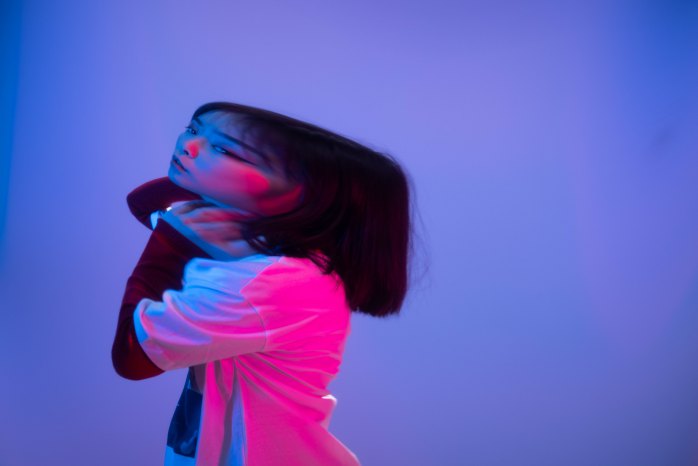
Wide-Angle– You can always prevent your image from getting caught up with distortion by using extreme wide-angle lenses. The wide-angle lenses squeeze the wider view into a single narrow frame granting optical distorting.
Distance– Always manage to keep a certain distance between your subject and you holding the camera. Don’t get too close to the object; it may create perspective distortion
Composition– Do not forget to check on the composition and maintain the pace with the edges and center of the frame to prevent the unnecessary distortion effect
Space– Always add some additional space around the object and space from the edge. The extra space with the distortion can be easily fixed in post-production editing.
Lens– Always choose the shooting lens carefully with a minimal optical distortion history. Do not opt for either the shortest or longest focal length 50mm is the best to pick. Avoid Ultra-wide angle lenses.
Rectilinear and Curvilinear– Rectilinear lenses are potent for reducing distortion by stretching objects and bestowing their straight appearance. While curvilinear lenses propose curved distortion because they don’t stretch, and they cause the straight line to appear curved. Always choose a rectilinear lens.
How to correct Distortion in image post-production
The regular level optical distortion caused by optics can be easily removed or get fixed after the shooting. All you need is fully-featured advanced image editing software. In general, people use Lightroom or Photoshop. So here’s what you will do to correct the image with distortion.
Optical Distortion– To manage the image corrupted with optical distortion, follow these steps to achieve better results.
LightRoom
- In Lightroom, open the image in the Develop Tab
- Scroll down to the Len correction panel under the menu
- Check the box to enable profile correction
- Lightroom feature will automatically identify and fix any distortion engraved in the image
- You can also opt for manual correction; click on the manual option
- Slide and adjust the distortion slider to get the best correction result.
Photoshop
RAW format
- Open your RAW file with distortion in Photoshop, choose the adobe camera raw option popping on the screen
- Scroll down and opt for lens correction
- Click on the profile correction and let it automatically do the fixing
- For manual correction, click the custom tab
- Slide and adjust the slider to get balance optics.
JPEG Format
- For the JPEG file, open the photo (JPEG) in Photoshop
- Open the filter menu expansion
- Click on the Lens correction option
- Under numerous of Auto- correction tools, opt for the Geometric distortion
- If you desire the manual correction, click on the custom tab
- Adjust the slider accordingly to reduce the distortion
Perspective Distortion – To correct the image affected by Perspective distortion, follow these steps in the mentioned software.
LightRoom
- In Lightroom, open your image in the Develop Tab
- Look for the Transform section
- Either click on the Auto option to proceed with the auto-correction of distortion
- Or manage the vertical and horizontal slider to balance the distortion.
Photoshop
- In Photoshop, Select the entire image or unlock it by double-clicking on the background layer
- Click on Edit and then select Transform and finally at perspective
- Click and drag one of the affected corners to correct the distorting
- There you are, good to go
Final Words
Distortion is the toxic result of the lens’s geometrics that are potent in reducing the image quality and appearance. Their result generally appears as deformed curved, barrel, or waveform distorting vision.
These can be eliminated while shooting or post-production. There’s a state there that in order to get rid of them, one must know it’s working and character, which won’t be a problem anymore.
So, as we said, distortion is a common photography topic, but with a complex concept; There are numerous distortions kinds that can embrace you in an immense state of confusion state.
Hopefully, not now. Henceforth, we hope that you have succeeded in giving you the proper insight into distortion and its management.
Share your valuable thoughts in a comment about how you plan to tackle distortion and keep its hazardous effect away from the picture.

